MXA’S USED MOTOCROSS BIKE GUIDE: HOW TO SETUP YOUR 2010 HONDA CRF450:

This is the 2010 Honda CRF450 the way the MXA test crew raced it. As a rule, we don’t go for exotic or expensive mods, but if push comes to shove, we will seek competent help (no matter how much it costs). Use MXA‘s mods as a guide.

Clutch: We don’t know what Honda was thinking with their four-spring clutch, but we do know that Team Honda’s 2010 riders have used Hinson six-spring clutches in their race bikes. Honda’s four-spring clutch doesn’t have enough clamping pressure for a 50-horsepower engine (unless you have a factory mechanic to change it between motos?an special Ti clutch springs). For around $50 you can install stiffer aftermarket clutch springs, but stiffer springs tend to make the actuation window smaller. The ultimate fix is a six-spring Hinson clutch kit (www.hinson.com).
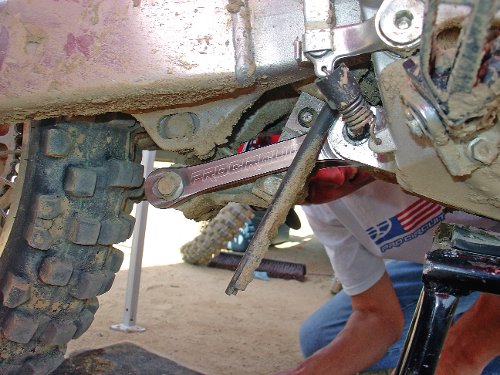
Shock linkage: The 2010 CRF450 stinkbugs. Our best solution was to swap out the stock 144mm shock linkage for a Pro Circuit 146mm link. The Pro Circuit link lowers the seat height and stiffens the initial part of the shock’s stroke (but does not affect the end of the stroke). Once you get the rear end lower, you can fiddle with the fork height to find a head angle that suits your track conditions.
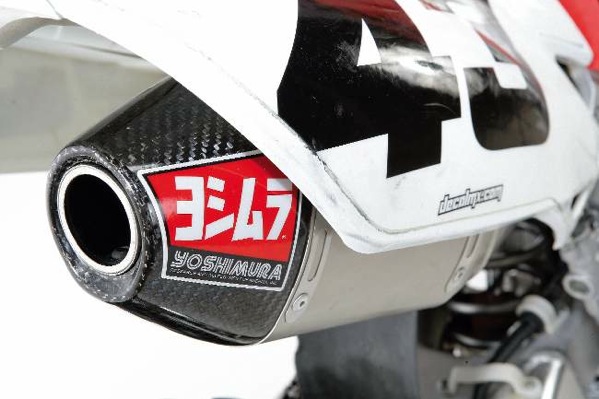
Exhaust: Good news! The stock CRF450 pipe is so far off the mark that virtually every aftermarket pipe is an improvement. The stock 2010 exhaust peaks out at 50.90 horsepower at a very low 8200 rpm. Every aftermarket pipe we tried added two horsepower and moved the peak up to a more usable 9500 rpm.
For a pipe shootout click here
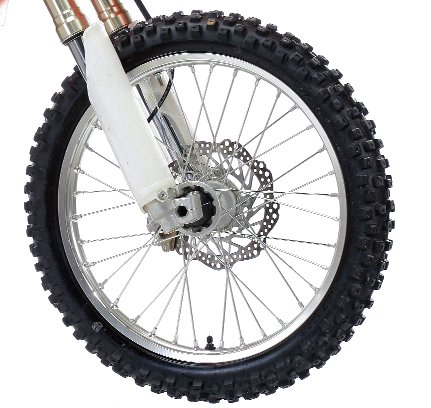
Tires: We wouldn’t choose the Dunlop 742FA front tire as a bumper between a boat and a dock, and it definitely has no business on a racing motorcycle. We swap the 742FA for the best tire for the terrain and drop the 120-width rear for a 110.
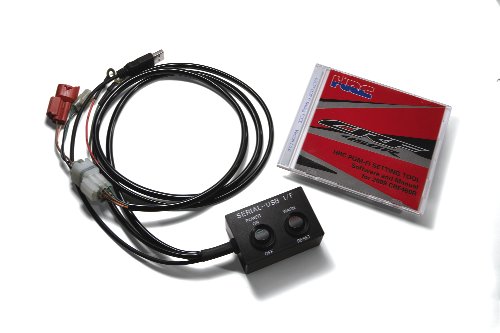
Reprogramming: For 2010, Honda reprogrammed the ECU to a very mellow ignition curve (nothing like the barky 2009 ignition map). The powerband feels broader, although the actual power spread isn’t one iota longer, because the detuned ignition curve revs slower. We reprogrammed the 2010 CRF450 ignition using the 2010 software. We made the CRF feel faster and freer revving by leaning the fuel at low-to-mid throttle openings and advancing the low-to-mid ignition timing (+2 on ignition and -1 on fuel). The 2009 software and connectors will not work on the 2010 CRF450.
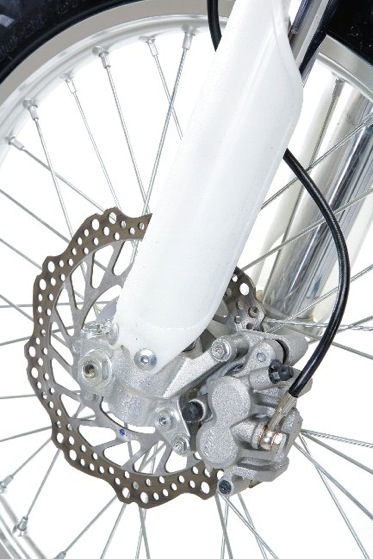
Brakes: Lose the front disc guard and rear rotor guard. They both push the heat index for the brakes past the point of no return. And while you are at it, go oversize on the front rotor.

Flywheel weight: We had good luck with a Steahly 17-ounce bolt-on flywheel weight. It smoothed out the CRF450’s bottom-end, broadened the middle and gave the impression of more pull on top. Visit Steahly at www.steahlyoffroad.com.

Gearing: Riders of every skill level felt that the stock 13/48 gearing was too tall. Novice and Vet riders added one tooth (13/49), while Intermediate and Pro-level riders went for 14/52 gearing (this is lower than stock, but not as low as 13/49).

Fork springs: Honda’s stock 0.46 Kayaba fork springs are too soft…way too soft. The inherent problem with both the 2009 and 2010 Honda CRF450s is that the front end dives under braking, deceleration and hard landings. This rapid frame geometry shift wreaks havoc on the CRF450’s already questionable handling. We switched to 0.48 kg/mm springs because they not only help the forks absorb bumps, but also calm down the quirky chassis.




Comments are closed.